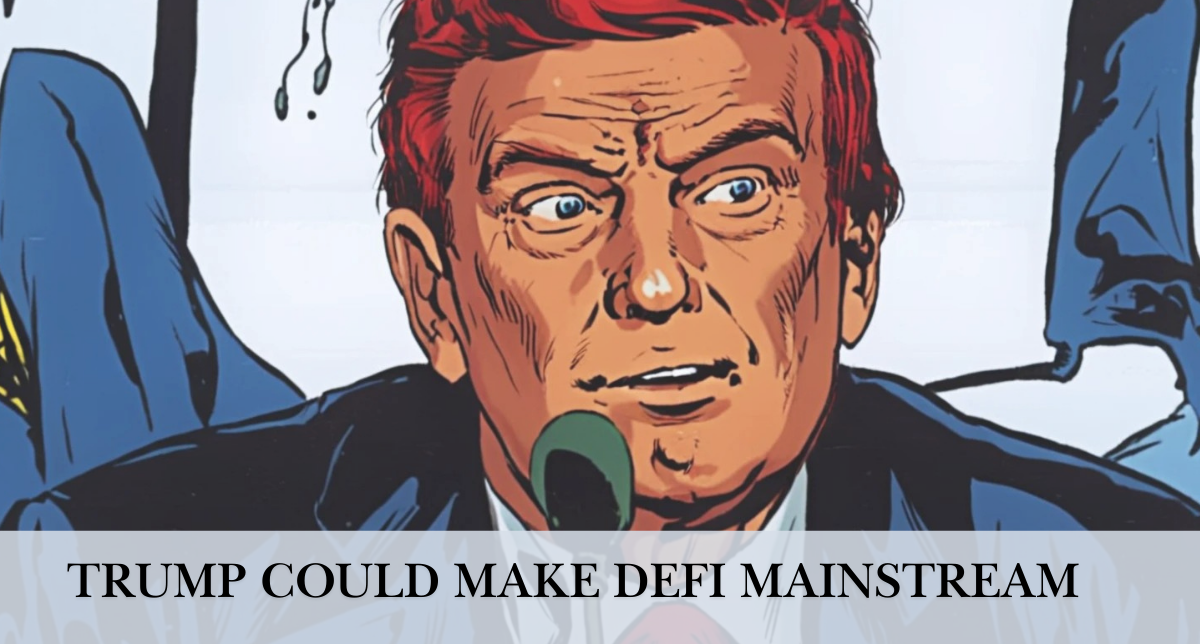Ethereum co-founder Vitalik Buterin has outlined several solutions aimed at addressing concerns over staking and block production centralization on the Ethereum network. In a detailed blog post on October 20, Buterin highlighted the potential risks posed by the increasing dominance of large staking pools and centralized block builders. These solutions are part of Ethereum’s evolving roadmap, particularly within the “Scourge” phase.
Staking Centralization and Economic Pressures
Buterin raised concerns about how economies of scale are driving smaller staking pools to consolidate with larger ones. In the first half of October, just two entities — Beaverbuild and Titan Builder — were responsible for producing 88% of Ethereum’s blocks. This growing concentration poses a serious challenge to Ethereum’s decentralization, increasing the risks of transaction censorship and other vulnerabilities.
“One of the biggest risks to the Ethereum L1 is proof-of-stake centralizing due to economic pressures,” Buterin warned. He emphasized that while 30% of the total Ether (ETH) supply is currently staked — enough to secure the network from 51% attacks — staking could introduce risks if the majority of Ether were to become staked.
Buterin argued that staking would become less profitable as it scales, creating additional burdens on stakers. This could also weaken Ethereum’s slashing mechanism (which penalizes validators for misbehavior) and elevate the role of liquid staking tokens, diminishing Ether’s status as the native currency on the network.
Proposed Solutions: Staking Limits and Risk Management
To mitigate these risks, Buterin recommended two key changes:
- Capping the amount of Ether a user can stake to prevent dominance by large pools.
- Limiting staking penalties to a maximum of 12.5% of the staked Ether, ensuring penalties remain manageable for participants.
Additionally, Buterin proposed a two-tier staking model to reduce risks:
- Risk-bearing staking: Validators assume the possibility of slashing penalties.
- Risk-free staking: Validators would participate without slashing risks, making it safer for more participants to join without fear of penalties.
This system aims to balance decentralization while maintaining security and economic incentives.
Centralization in Block Production
The centralization of block production is another pressing issue, Buterin explained. Ethereum currently uses a proposer-builder separation (PBS) model, where block builders create candidate blocks and proposers select the most profitable ones. While this separation streamlines the process, it has allowed a few actors to dominate block production, which could lead to transaction censorship or delayed transaction confirmations.
Ethereum Foundation researcher Toni Wahrstätter recently noted that 88.7% of Ethereum blocks over the first two weeks of October were built by just two entities — raising concerns about network centralization.
Impact of Block Centralization and Buterin’s Solutions
Buterin warned that block production centralization could lead to:
- Increased transaction censorship
- Longer waiting times for transaction inclusion (up to 114 seconds instead of the typical 6 seconds)
- Higher risks of market manipulation in decentralized finance (DeFi) markets due to sandwich attacks and liquidation delays.
To address these challenges, Buterin pitched two proposals:
- Fork-choice-enforced inclusion lists: This system would allow proposers or stakers to select which transactions are included in a block, while builders would only decide the transaction order and insert their own transactions.
- BRAID (Block Redundancy and Interleaved Design): This proposal would divide the block production process among multiple actors, reducing the concentration of power by requiring only moderate technical expertise from participants to optimize their revenue.
Conclusion
Buterin’s proposals aim to strike a balance between decentralization and efficiency in both staking and block production. While Ethereum’s security remains intact for now, addressing these issues is crucial to maintaining the network’s long-term health and resistance to censorship.
As Ethereum continues to evolve through its technical roadmap, the success of these solutions will play a key role in preserving the network’s decentralized nature, fostering fair participation, and reducing vulnerabilities.

A.k.a – alpha girl. Vinita is the founder of Alphachaincrypto. An English Lit Majors, Vinita bumped into Web3 in 2020 only to realise that tech was her calling. Later, Mathreja worked for some notable brands like Near Education, Biconomy, CoinDCX and top of the line crypto start ups.





